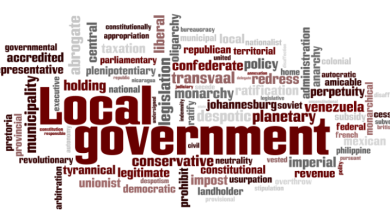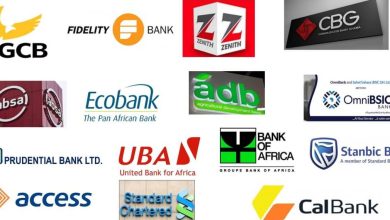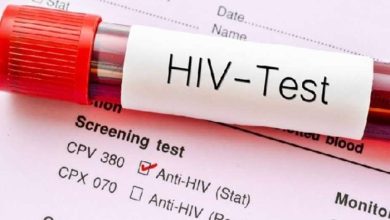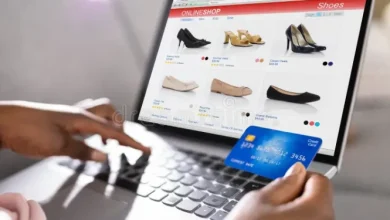Ghanaians are shunning loans and it’s a worry – here’s why

Ghana’s credit market is showing signs of fatigue in 2025, marking a sharp slowdown from the borrowing surge that characterised 2024.
Fresh data from the Bank of Ghana’s July 2025 Monetary Policy Report paints a picture of cautious households, businesses pulling back, and government tightening its belt—all of which have implications for banks, investors, and the broader economy.
Credit Growth Slows Dramatically
Gross loans and advances in the banking sector grew by just 6.1% to GH¢89.7 billion in the first half of 2025. This is less than half the 15.6% growth seen in the same period of 2024.
Lending to individuals and private businesses—long considered the lifeblood of credit expansion—slowed to 9.2% (GH¢85.3 billion) by June 2025, compared with 17.7% growth a year earlier.
The steepest decline came from the public sector, where credit contracted by 31.3% to GH¢4.4 billion, a much deeper pullback than the 5.0% contraction recorded in June 2024.
This contraction underscores government’s restrained fiscal position, likely influenced by Ghana’s IMF-supported programme and a need to reduce debt build-up.
Where the Credit Is Flowing?
Despite the slowdown, certain sectors continue to attract credit at scale:
•Services sector: 37.2% of total credit (up from 32.8% in June 2024)
•Commerce and finance: 24.4% (up from 23.6%)
•Manufacturing: 10.6% (nearly flat from 10.7%)
Together, these three sectors absorbed 72.3% of total loans by June 2025, compared with 67.2% in June 2024.
On the other end of the spectrum, mining and quarrying was the least financed, accounting for just 2.8% of loans, down from 3.3% in 2024—despite its role in foreign exchange earnings.
The Contrast With 2024’s Borrowing Boom
This cooling trend contrasts sharply with 2024, when Ghanaian borrowers nearly doubled their appetite for loans despite high interest rates.
Private sector and household borrowing surged by 26.3% to GH¢89.1 billion, while gross loans and advances across public, private, and household segments jumped 24.1% to GH¢95.5 billion.
Even with interest rates hovering around 30%, businesses and individuals were aggressively tapping into credit, signaling confidence in recovery and expansion. By 2025, that momentum appears to have waned.
Why the Shift?
Several factors explain the sharp reversal:
1. High borrowing costs: Elevated interest rates continue to weigh on demand, with average lending rates currently (September, 2025) at 21 percent.
2. Cautious private sector: Businesses may be scaling back investment in the face of weaker demand, and tighter operating margins as well as exchange rate uncertainty. At the start of 2025, the cedi traded at around GH¢14.80 to the dollar. By May, it had strengthened to about GH¢10.20, after hitting a high of GH¢15.00 in February. However, the currency has since slipped back, now trading at around GH¢13.50 to the dollar.
3. Government restraint: The drastic contraction in public sector credit reflects fiscal consolidation efforts under the IMF programme.
4. Bank caution: Lenders may be rebalancing portfolios after 2024’s aggressive expansion, prioritizing asset quality over rapid growth.
What It Means for Business Leaders
• Corporate strategy: The dip in borrowing suggests subdued investment appetite. Business leaders may need to reassess expansion timelines or explore alternative financing options such as equity or partnerships.
• Banking sector outlook: With demand for loans easing, banks could face revenue pressures, particularly if lending remains concentrated in just three sectors. They may need to innovate products or broaden their risk appetite.
• Policy direction: The data underscores the challenge for government—balancing fiscal restraint with the need to stimulate private sector growth.
Policymakers may need to consider targeted interventions to unlock credit for productive sectors such as agriculture, manufacturing, and SMEs.
The Bottom Line
Ghana’s credit market in 2025 is less about aggressive borrowing and more about selective financing. While services and commerce remain robust, the broader slowdown raises questions about economic momentum, investment confidence, and the long-term sustainability of growth.
For executives, investors, and policymakers, the numbers signal a period of caution, recalibration, and strategic financing choices.









